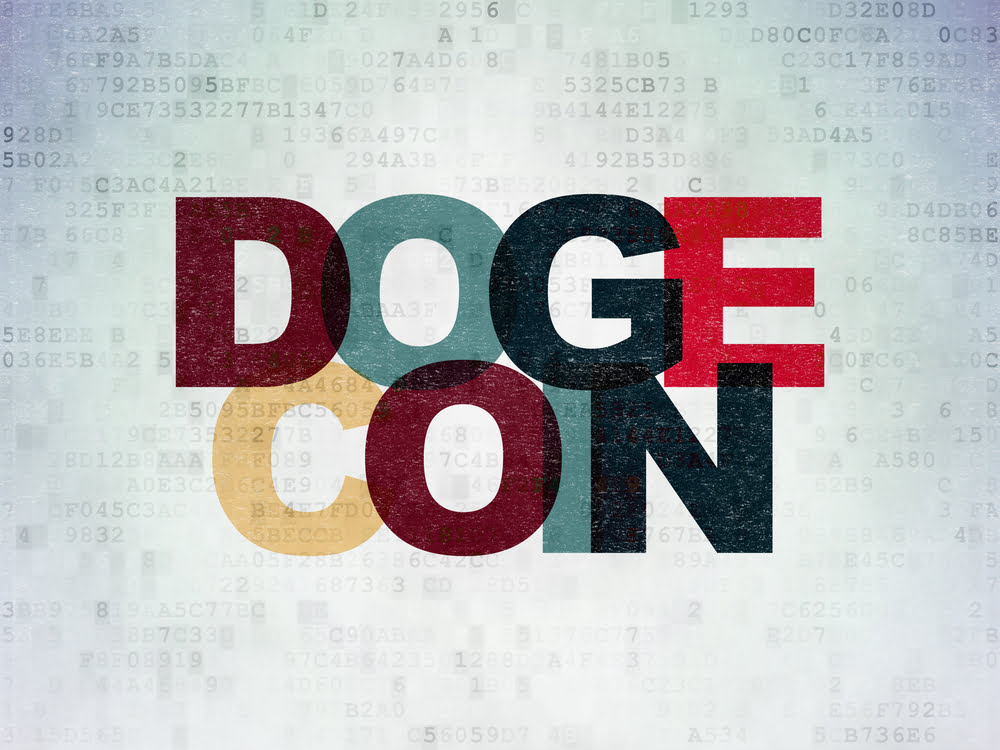Although it is often overlooked by blockchain and cryptocurrency enthusiasts, Dogecoin has one of the more storied and controversial histories of all altcoins. It’s impossible to talk about Dogecoin without mentioning the Doge meme. The meme features a Shiba Inu dog with an apprehensive face. Its enthusiasts call themselves shibes, and are fond of the Doge meme in multiple styles including Comic Sans font and broken English.
Twitter was abuzz with mention of the coin before it was even created and implemented. Australian cryptocurrency enthusiast and Adobe employee Jackson Palmer built the site dogecoin.com after seeing it mentioned on Twitter.
In Portland, Oregon, programmer Billy Markus saw the original site and reached out to Palmer on Twitter. Markus wrote the coin’s code using a script algorithm like Luckycoin and Litecoin before it. Like Luckycoin, Doge would feature a randomized reward per block mined. It would feature one minute blocks and introduce 50 billion Dogecoin in its first year. It’s since done away with the randomized feature, and it inflates with no limit at a rate of 5.256% per year that diminishes every ten years.
The coin initially launched on December 8th, 2013, and slowly gained traction. What started as a joke coin became serious as the coin tripled in value from US$0.00026 to US$0.00095 on December 19th.
Then, what was serious turned grave. Dogecoin would crash on December 22 due to congested Dogecoin mining mills. And, on December 25th, a hacker gained access to the file system of the then-popular Dogewallet and manipulated its send/receive function to access an estimated 21 million Doge, then worth US$12,000.
Soon afterward, shibes would get together to start the “SaveDogemas” initiative to recuperate the funds that had been stolen. In February of 2014, the “SaveDogemas” would meet their goal and replace the funds stolen.
2014 would also begin a year of fundraising with Dogecoin. On January 19th, the Dogecoin community raised a reported US$33,000 in Doge so that the qualifying Jamaican team could make the 2014 Winter Olympics in Sochi.
Subsequently, Eric Nakagawa, head of the Dogecoin Foundation, led an effort in conjunction with Charity: Water to build a well in the Tana River Basin. The effort would raise US$30,000 in Dogecoin.
On March 25th, 2014, Dogecoin enthusiasts would raise US$50,000 in Dogecoin for NASCAR driver Josh Wise. Wise would go on to race the Dogecoin-featured car, also sponsored by Reddit, in the Aaron’s 499, Sprint All-Star Race, Coca-Cola 600, Toyota/Save Mart 350, and GEICO 500. The Dogecoin car was also featured as downloadable content for the video game NASCAR ‘14.
To be sure, the coin started off with good intentions. Sadly, it would fall victim to a cluster of pump and dump schemes and scams that the coin was designed to criticize. For instance, Ryan Kennedy would scam $750,000 USD worth of Dogecoin out of the community in the Moolah scandal.
Dogecoin still has high hopes, however. Shibes plan to send a golden Dogecoin featuring a Shiba Inu to the moon on a rocket sometime in 2019. Dogecoin is still resilient. Many of its proponents believe that the coin offers lessons of goodness, responsibility and vigilance to the community.

